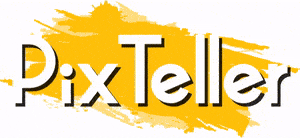How Are Brands Using Virtual Reality Assets?
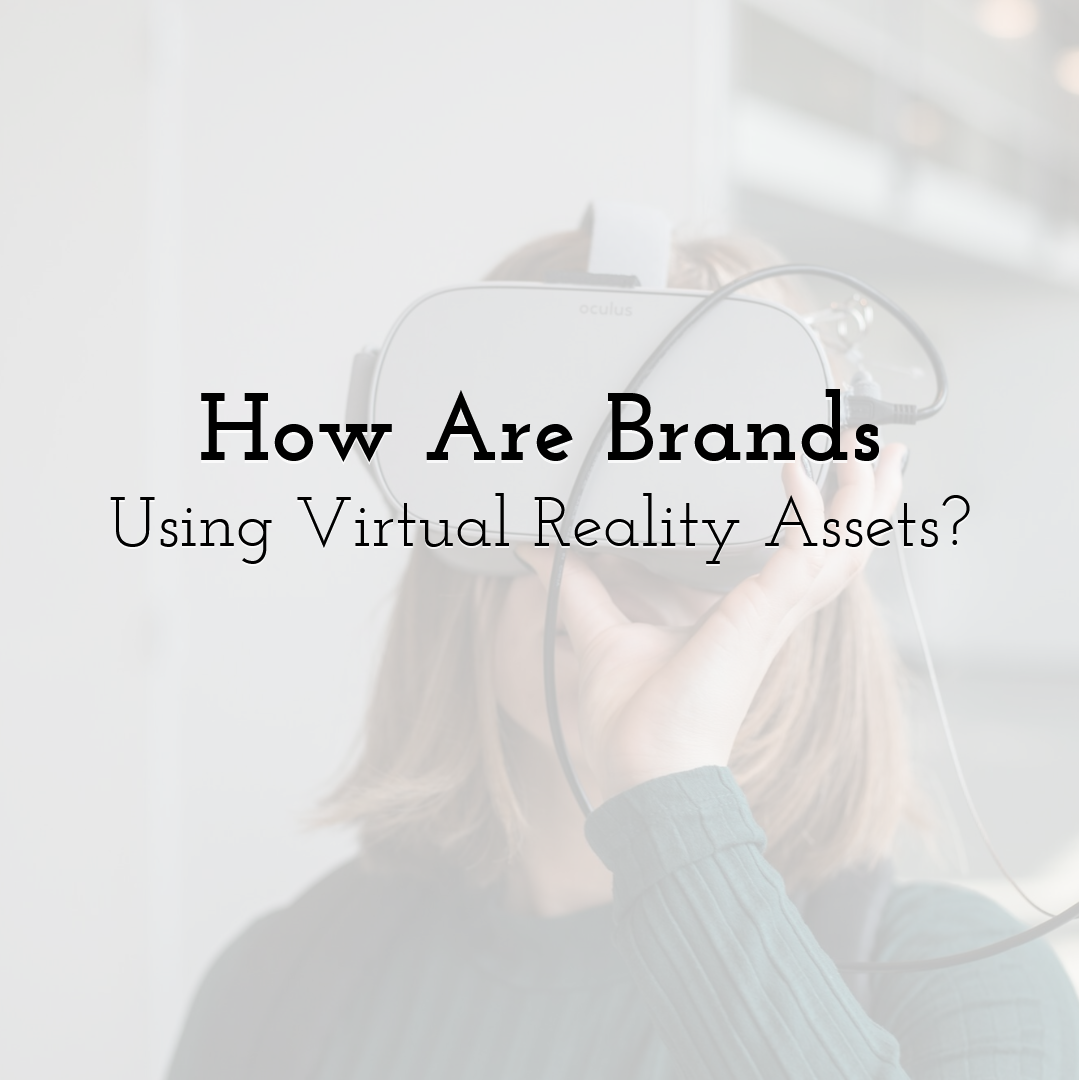
What’s the first thing that comes to your mind when you think about the future?
Besides flying cars and cleaning robots, one of the key images of the future is, without a doubt, virtual reality (VR). To put it in plain terms, imagine a pair of glasses being the difference between walking in your own apartment and walking on 5th Avenue.
And no, we’re not referring to generic 3D motion graphics; we mean actual immersive virtual environments combining both photographic and 3D assets.
Take that and adapt it to marketing and branding efforts. VR is a great way to add depth to stories, products, and experiences in life in an immersive, interactive form. If done correctly, VR can bring a lot to the table for marketers and brand leaders.
Invite People to Immerse in Your Brand’s World
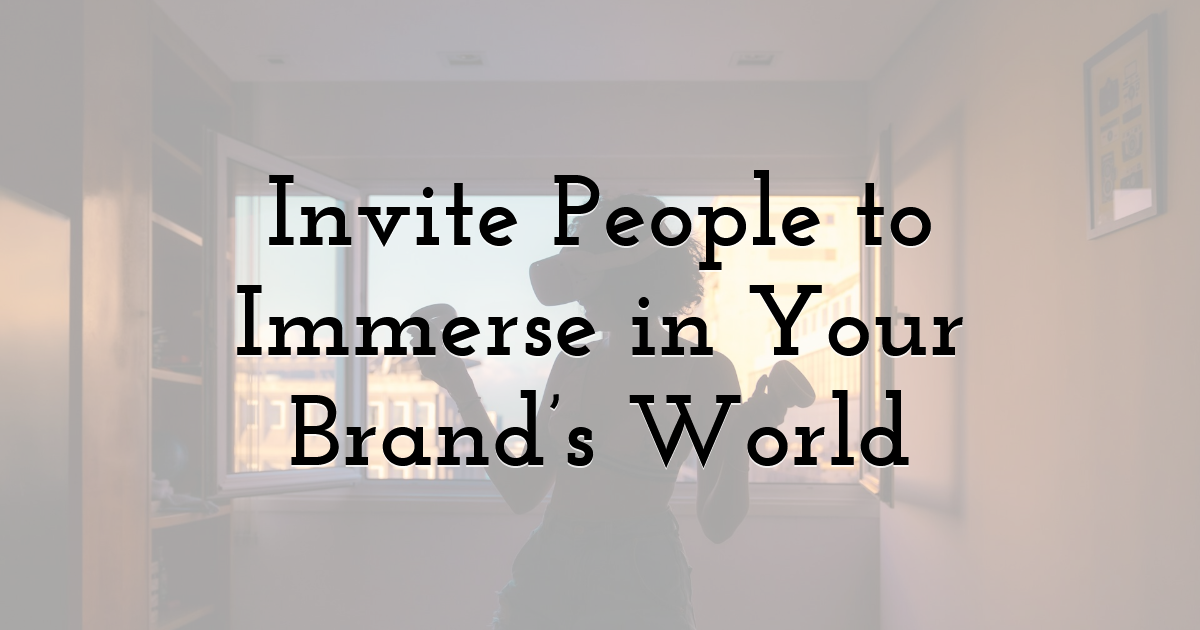
We’re used to traditional advertising interrupting our daily lives. We might even sometimes ignore it, as it distracts us from our regular activities. VR, by contrast, invites people to immerse themselves in a new world, creating different sensations in people.
This shift transforms customers from passive recipients, whom marketers traditionally have to compete for, into active participants. For brands that can use VR, it leads to better engagement, emotional resonance, and memory retention. In fact, a report from 2024 states that in the United States, the immersive marketing market size is projected to grow by over 25% from 2025 to 2030.
What Exactly Are “VR Assets”?
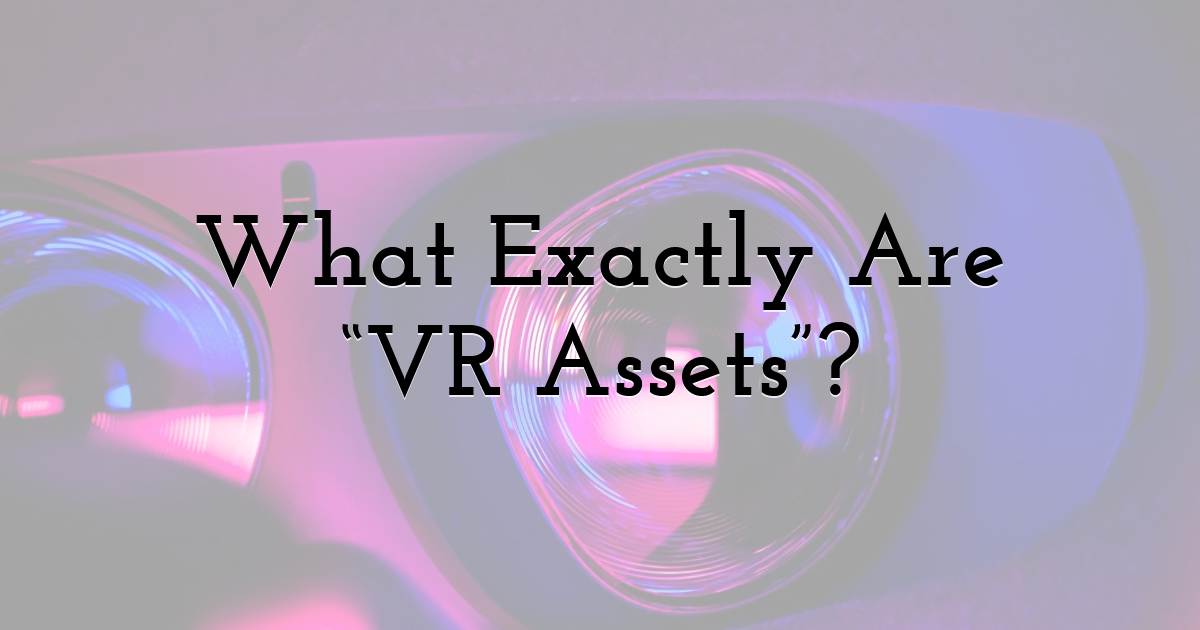
When talking about "VR assets," you should know that we are referring to interactive environments, scenes, avatars, animations, textures, audio, and scripts that could be 3D-generated or actual footage from places. This whole set of content together composes a virtual experience.
The sky is not the limit here, as you can do so many things with VR. Imagine a 3D model of a car or smartphone you can pick up and inspect, or a virtual showroom you can actually immerse yourself in.
Brands can control visuals, interactions, and narrative, offering audiences a fully designed world rather than a fragment of their content.
Main Ways Brands Use VR Assets
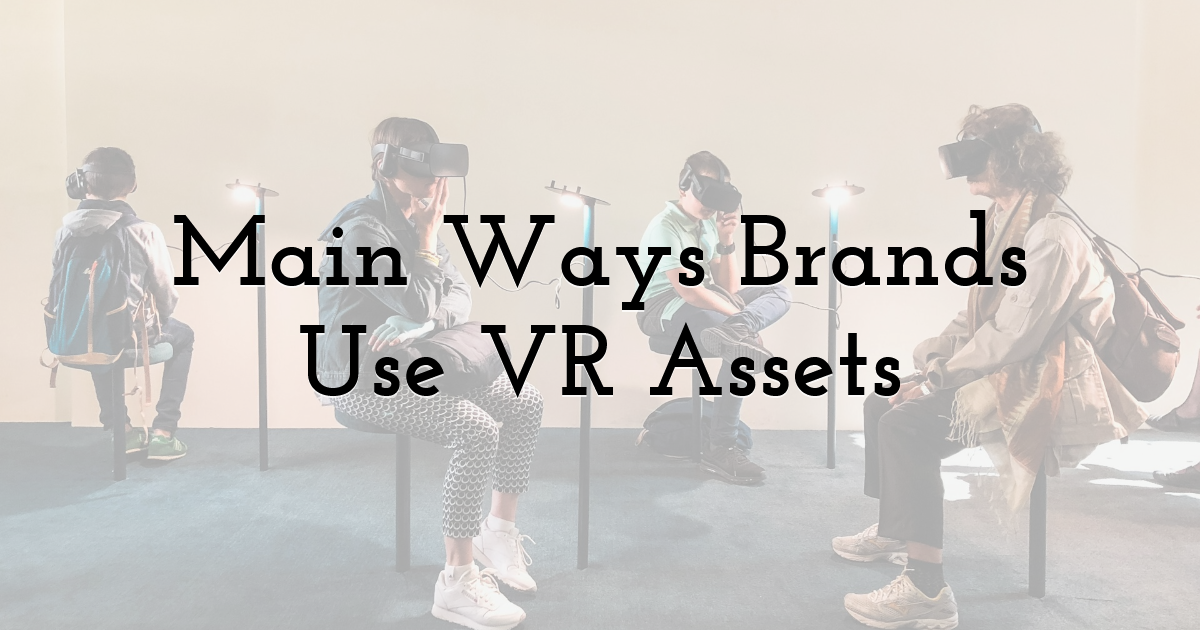
You’ll see these patterns across sectors, and not everyone will indeed be using this tool the same way. Approaches change a lot depending on the industry and audiences.
Virtual Showrooms & Product Demos
Rather than simply showing a product on a boring webpage, some brands use VR to let customers experience their products. You can open drawers, toggle features, change materials, and move it in space.
For example, Audi’s “Sandbox” VR campaign lets users drive a virtual Q5 model through a desert environment. Other automotive brands like Cupra used VR to generate hype and launched a mixed-reality showroom before the physical car was even in showrooms.
Virtual Tours & Environments
Some brands use VR to give you a sense of place. This is especially powerful when the physical location is remote, large, or aspirational.
Many real estate agencies and hotels are using VR tours to let potential customers walk through the actual houses or rooms. During the pandemic, many museums and cultural places took a similar approach and invested in VR spaces for people to access culture from home.
Immersive Storytelling
If you take it a step further, you can use VR not just to showcase your product but to tell a story in the most realistic way possible. You can create a journey, even an entire world, that offers a lasting, positive experience for your clients to associate with your brand.
Some fashion or luxury brands build virtual worlds (or even metaverse spaces) where users can experience brand identity, try on digital garments, or attend virtual shows. For example, Gucci is creating a presence on The Sandbox, allowing users to purchase, wear, and use virtual fashion items.
Events, Popups & Hybrid Activations
Brands are bringing VR into physical spaces too, to blend the virtual with the real. This is a great idea to add to your networking or public events.
For example, a Topshop store in London transformed a section into a virtual waterslide experience for shoppers. This is a cool, fresh, and simple way to turn your event into unforgettable moments.
To ensure customers can have access to immersive brand experiences securely and from any location, consider employing software like a free VPN for Oculus Quest or other VR devices to enhance privacy and unlock content globally.
Prototyping & Internal Use
Brands don’t always deploy VR assets externally; sometimes they’re internal tools, especially in technology fields. It’s common that, for example, in design and engineering, professionals use VR for testing and reviewing products. Also, VR has long been used for training pilots and other professionals in real life.
Challenges and Considerations
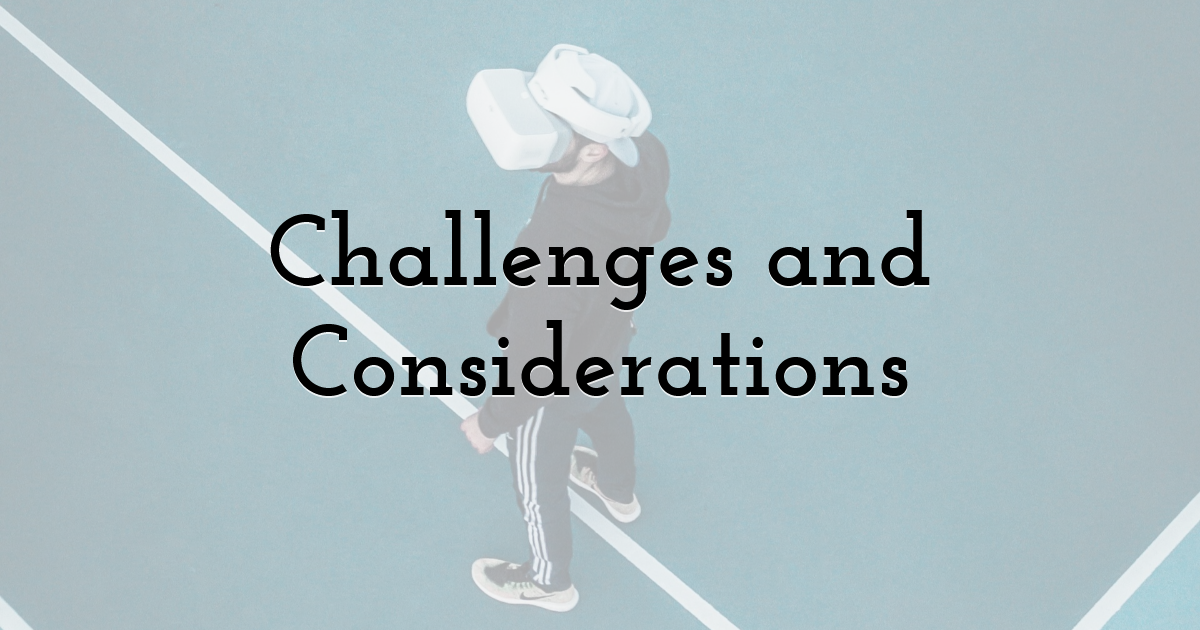
Here are common obstacles and how to handle them:
- • Hardware limitations: You may need to build fallback and adaptable experiences for those clients who do not have access to the latest technology.
- • Cost & complexity: Building quality VR assets is expensive. Start small or with pilot modules.
- • User fatigue & motion sickness: Poor design can cause discomfort. Iterate strongly on comfort and navigation.
- • Distribution & adoption: Getting people to download and use a VR app is harder than a mobile ad. Incentives and seamless access help.
- • Content lifecycle: VR content can age fast. Plan for updates, seasonal refreshes, or modular additions.
Don’t Forget to Keep Your Brand Safe
Protecting your brand doesn’t end there, and we’re sorry to break it to you, but there’s more to it. You should also make sure to safeguard your development teams by implementing strong cybersecurity practices.
You don’t need a massive security infrastructure, just secure version control, encrypted asset storage, and restricted access. It’s an easy and accessible way to prevent leaks or unauthorized sharing of proprietary VR assets.
How Your Brand Can Start Using VR Assets
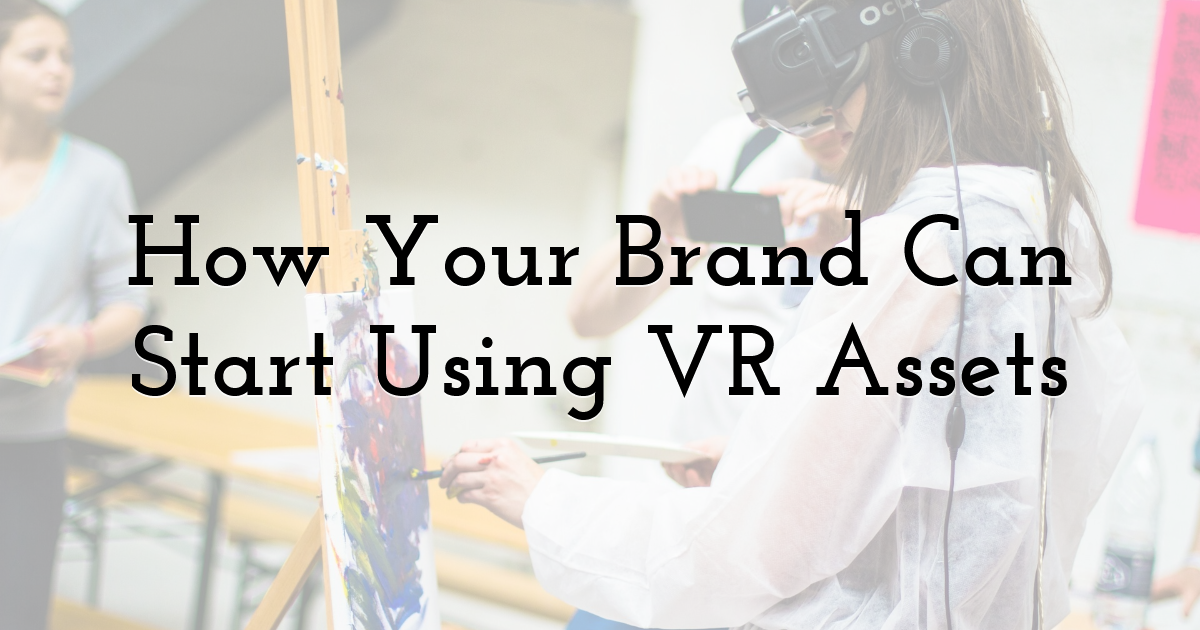
Here’s a simplified roadmap you can follow:
- 1. Choose a scope: Start with a minimal experience, perhaps just one product or one room, so you can test, learn, and show value.
- 2. Map user journeys: Decide how people enter the experience and what they’ll do, keeping in mind your goals throughout the journey.
- 3. Outsource: You may partner with a VR/AR agency to get the best possible experience.
- 4. Prototype early & test: Use low-fidelity mockups or tools like WebXR to test interaction before full production.
- 5. Promote & distribute smartly: Use incentives and marketing for your benefit. Consider linking your VR asset experience to other assets.
- 6. Measure & iterate constantly: Collect analytics and user feedback. Improve performance, fix friction, and add more scenes or interactions.
Benefits of Using VR for Your Brand
When well executed, VR assets offer several compelling returns:
- • Stronger engagement & memorability: Users remember immersive experiences better than standard ads.
- • Emotional connection: Storytelling in VR builds brand affinity and loyalty.
- • Differentiation & PR: Using VR (versus the status quo) signals innovation and can generate media attention.
- • Better pre-sales & reduced returns: If people can inspect or try a product virtually, they are more likely to buy and less likely to return.
- • Internal efficiencies: VR can speed design review cycles, reduce prototyping costs, and streamline collaboration across geographies.
- • Data & insights: VR usage yields valuable insights about what users explore, where they linger, and what they skip, data you can’t easily get from flat ads.
Final Thoughts:
If your brand is ready to try VR, consider investing your time and effort to do it in the best possible way. Yes, VR is challenging, but it can also become a powerful feature that helps you stand out from the crowd.
You don’t need to launch a fully immersive 3D world to start. A simple virtual tour of your premises, or a product, can be the easiest way for beginners to get started.
One thing is certain: VR is here to stay, and including it in your branding could be one of the best decisions you make.
Until next time, Be creative! - Pix'sTory
Recommended posts
-
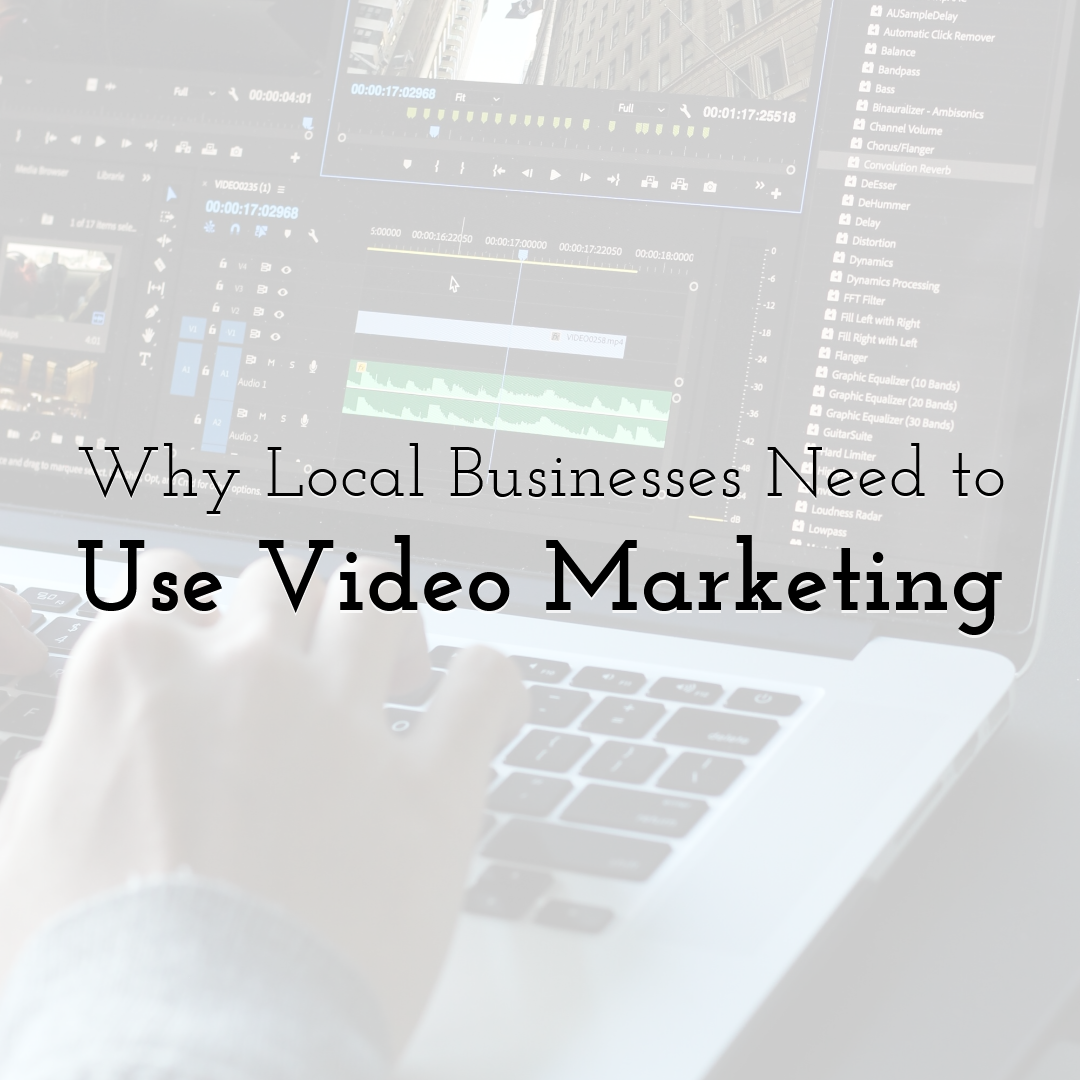
Why Local Businesses Need to Use Video Marketing
Read More › -
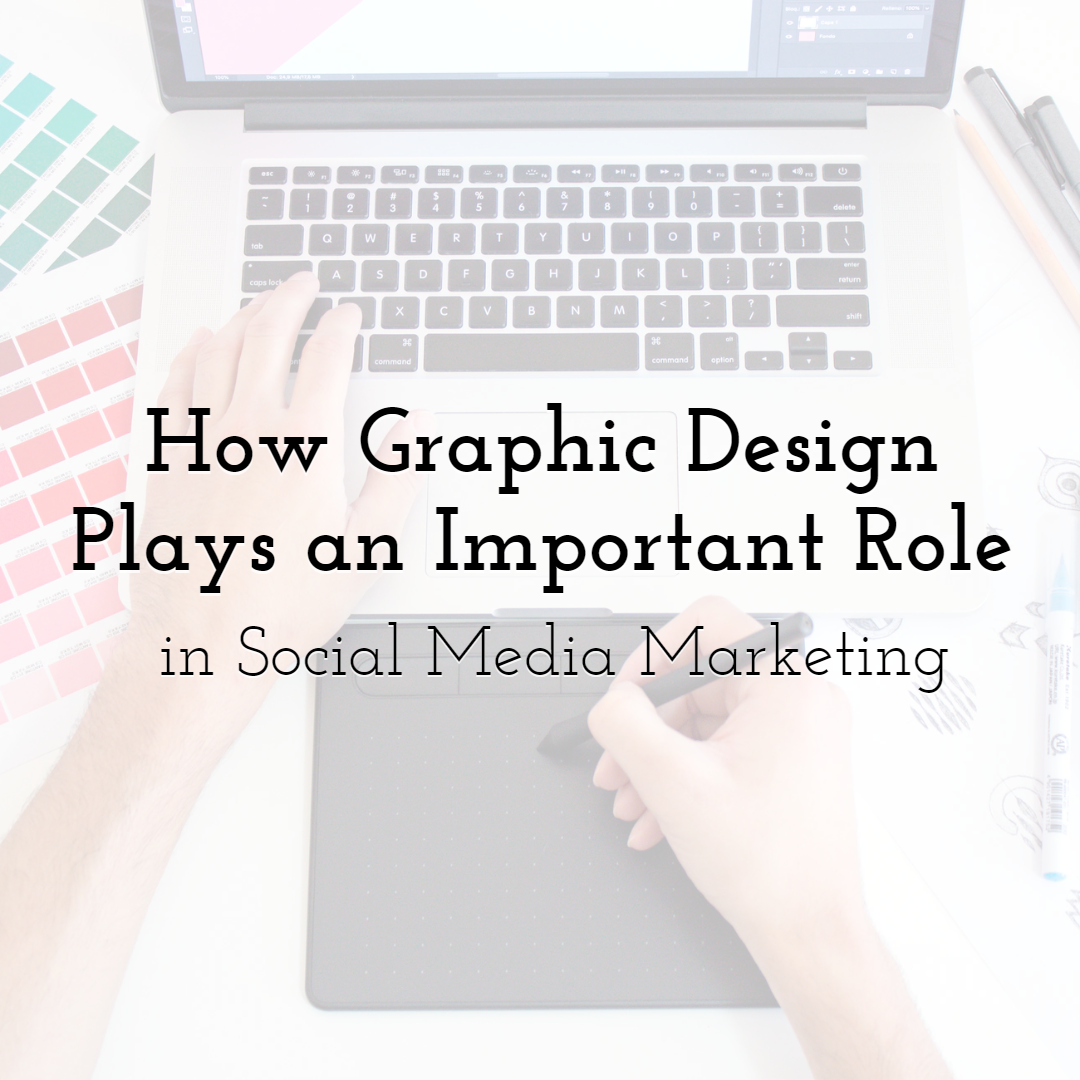
How Graphic Design Plays an Important Role in Social Media Marketing
Read More › -
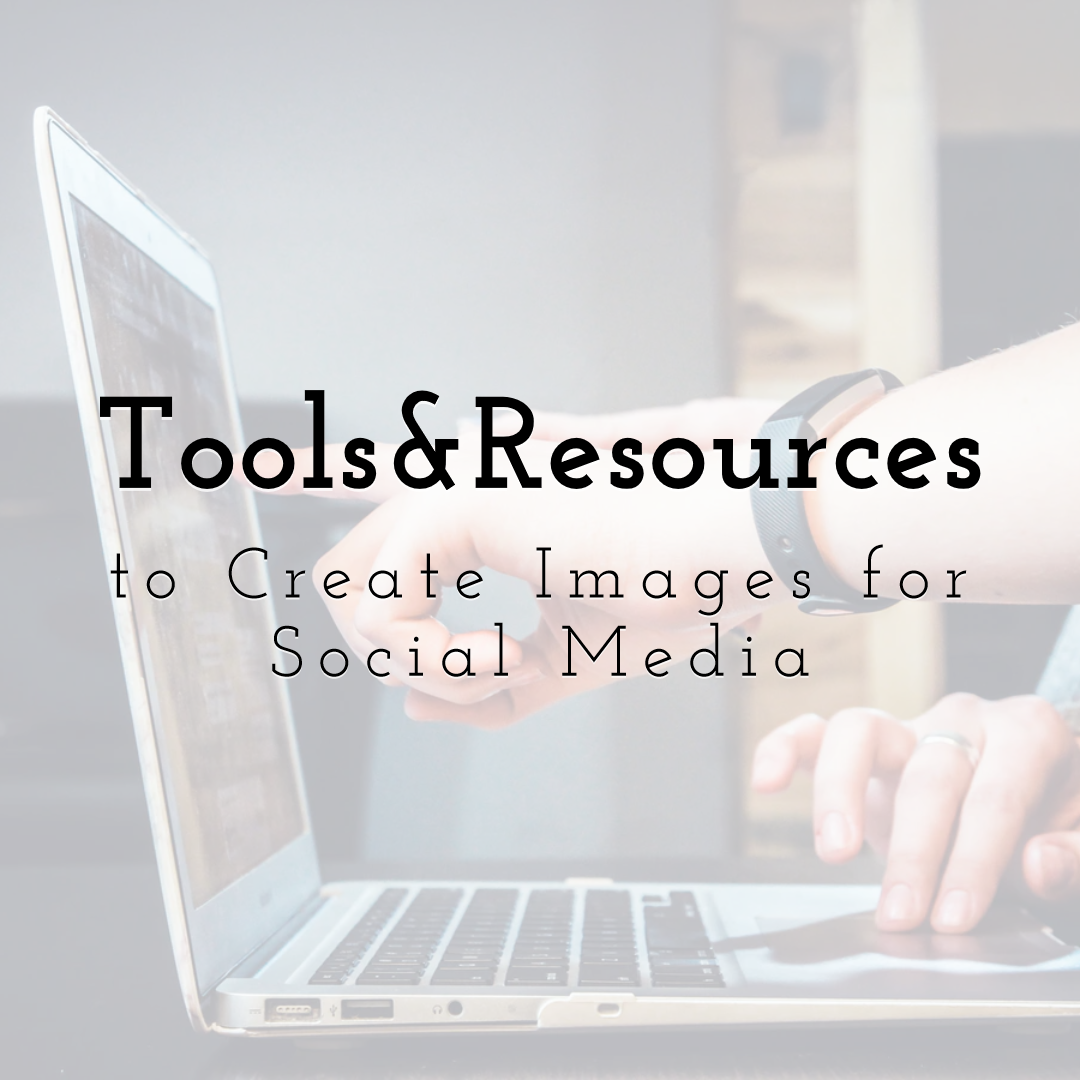
Top Tools and Resources to Create Images for Social Media
Read More › -

Top Text-to-Speech Tools for Marketers to Elevate Campaigns
Read More › -
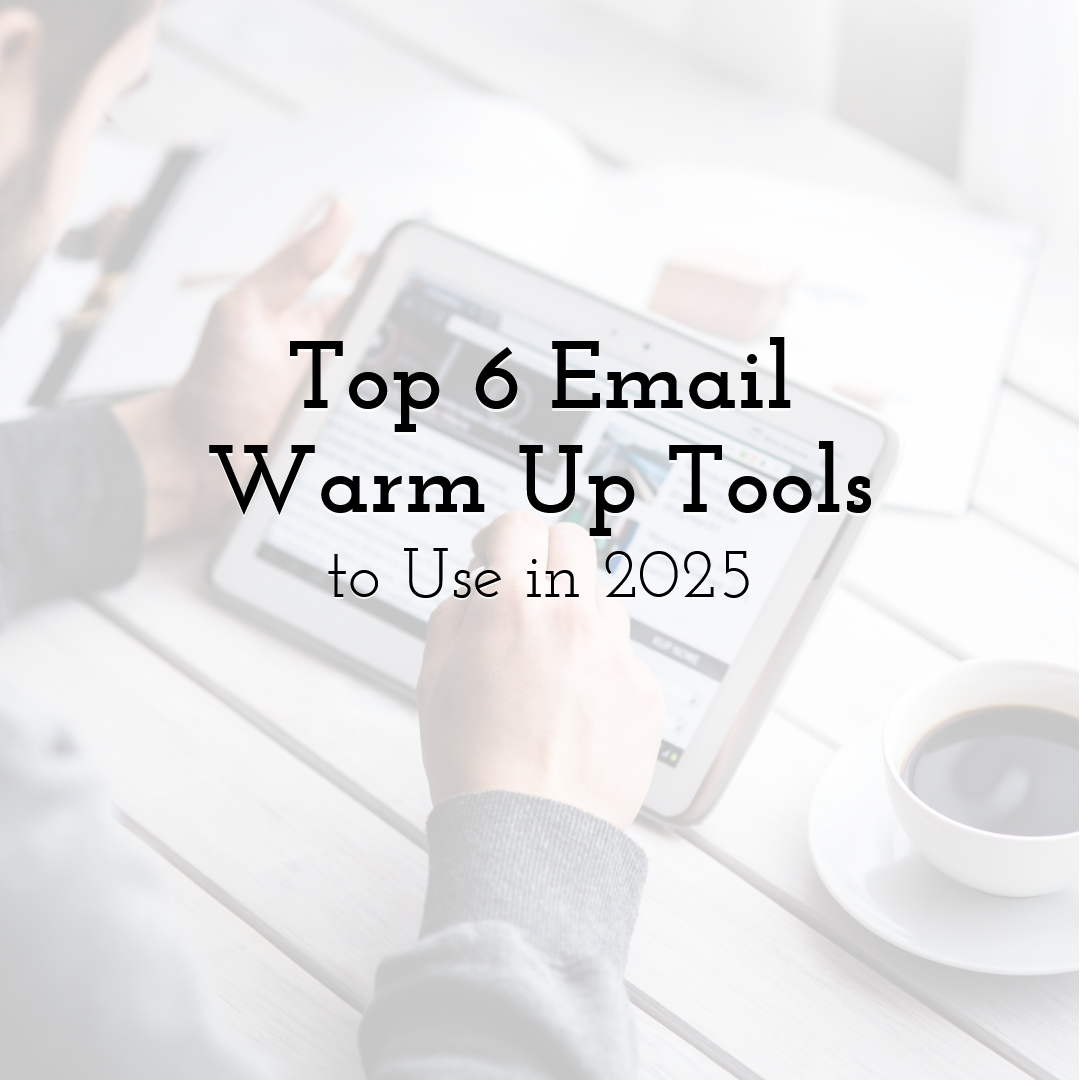
Top 6 Email Warm Up Tools to Use in 2025
Read More › -

18 Top-Notch Proofreading Tools for Content Writers
Read More ›
